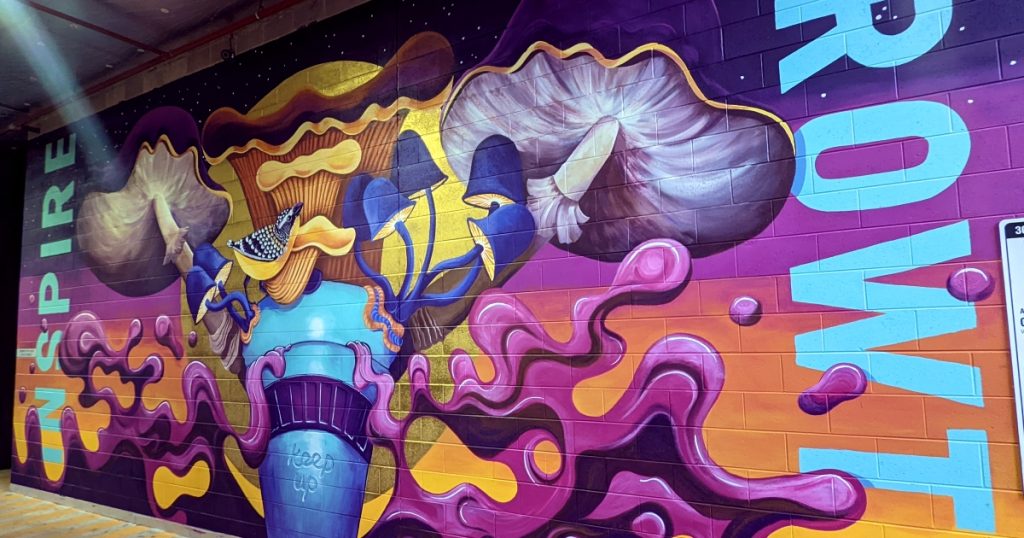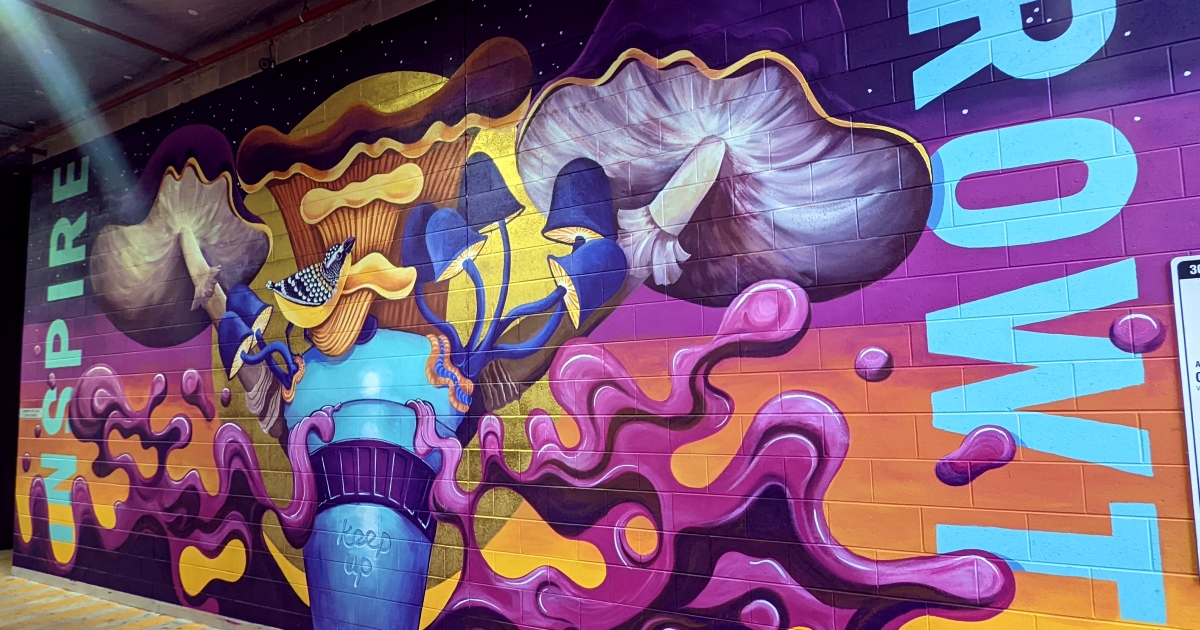
Interview with a Multimedia Artist and Educator about Her Uplifting Artistic Path

Mixed-media artist and My Modern Met Academy educator Nitika Alé crafts ethereal, vibrant creations founded on a harmonious fusion of artistic intuition and technical skill. Alé’s emphasis lies in flowers and portraits, frequently merging the former into the latter. Utilizing a range of mediums such as pastel, charcoal, acrylic, and watercolor paints, her art is layered both physically and metaphorically.
Fortunately, Alé’s artistic talent has also translated into teaching. Her latest course, debuting today, is Mixed Media Portrait Drawing, but she also instructs Dream Your Own Abstract Acrylic Floral Paintings through My Modern Met Academy. In Mixed Media Portrait Drawing, Alé imparts the fundamentals of portraiture, as well as techniques for working with three different mediums: charcoal, soft pastel, and watercolor.
In this new offering, learners will acquire tips and techniques for producing portraits in charcoal, including methods for working from reference images. Students will also dive into experimenting with soft pastels and then watercolors, mastering various techniques across two distinct drawing exercises. Finally, they will apply their newly acquired skills in a culminating project, crafting a mixed-media portrait that combines all three mediums.
Mixed Media Portrait Drawing is now available for instant purchase on the My Modern Met Academy website. Featuring over 70 minutes of lessons and resources, this course is an excellent deal at $34.95. Ideal for intermediate artists and seasoned creators alike, Alé’s class presents a fantastic opportunity to explore new mediums and enhance your artistic intuition.
To mark the release of our latest course, My Modern Met had the pleasure of chatting with Alé to gain insights into her artistic journey. Continue reading for our exclusive interview.
How did you start your journey in art?
Approximately ten years ago, I was managing a demanding corporate role alongside weekend freelance photography. While I was finding success in both areas, the pace left me exhausted, grappling with migraines and anxiety. I had always been a creative individual, but over time I had drifted away from art.
One day, I picked up a sketchbook and some basic supplies. I began experimenting with charcoals, oils, watercolors, and acrylics, and within a few years, I witnessed astonishing progress. Friends and colleagues took notice as well, frequently praising my work online.
After getting married and relocating, leaving my corporate job behind, my husband encouraged me to take a sabbatical to fully concentrate on my art. While passion doesn’t require approval, his support bolstered my confidence to pursue it wholeheartedly.
What attracted you to mixed-media art, particularly in portraiture?
Through my experimentation, I discovered the unique qualities of each medium: how pastels could add softness, watercolors provide transparency, and charcoal contribute depth. Merging these mediums unlocked creative possibilities unattainable with a single medium. It was then I realized that mixed media was the ideal medium for my portraits.
Who are some of your influences?
There are numerous ones. I feel privileged to live in a time where women artists are increasingly acknowledged and celebrated. My influences span various fields, from writers to creators to thinkers.
Two that stand out are author Elizabeth Gilbert, who remarked, “You do not need anybody’s permission to live a creative life,” and the late artist-writer Leonora Carrington, who once stated, “Some things are not sayable, that’s why we have art.”
What did you find most challenging initially when working in multiple mediums, and what challenges do you encounter now?
Initially, the technical aspects posed a challenge, specifically understanding what could and couldn’t be combined. I once mixed acrylic medium with oil paint, which, unsurprisingly, ended poorly. On another occasion, I employed hard pastels on printer paper without grasping blending techniques and had not yet discovered soft pastels. Those experiments imparted invaluable lessons.
Today, the challenges have evolved into more conceptual ones—navigating creative blocks and advancing new ideas. I have learned to manage this by stepping back, shifting to another piece, or simply allowing myself some time to reset.
What do you love most about your process, and which mediums do you prefer?
I cherish waking up with an idea and the thrill of realizing it on canvas or paper. Art has enabled me to navigate through anxiety, self-doubt, and overthinking, pressures I previously faced in the corporate realm. The difference is that creative challenges feel empowering and even soothing.
When it comes to mediums, I cannot select just one. This is why I repeatedly turn to mixed media. It allows me to blend the best aspects of each.
What motivated you to begin teaching, and what do you find most rewarding about it?
I began with in-person workshops, where I noticed students frequently encountering the same initial hurdles. To aid them, I developed small handbooks with step-by-step instructions they could take home.
When COVID transitioned everything online, I adapted to teaching virtually. What I appreciate most is how students can learn at their own pace while I can meticulously craft each lesson. I often reflect on how much easier my own journey would have been with such resources.